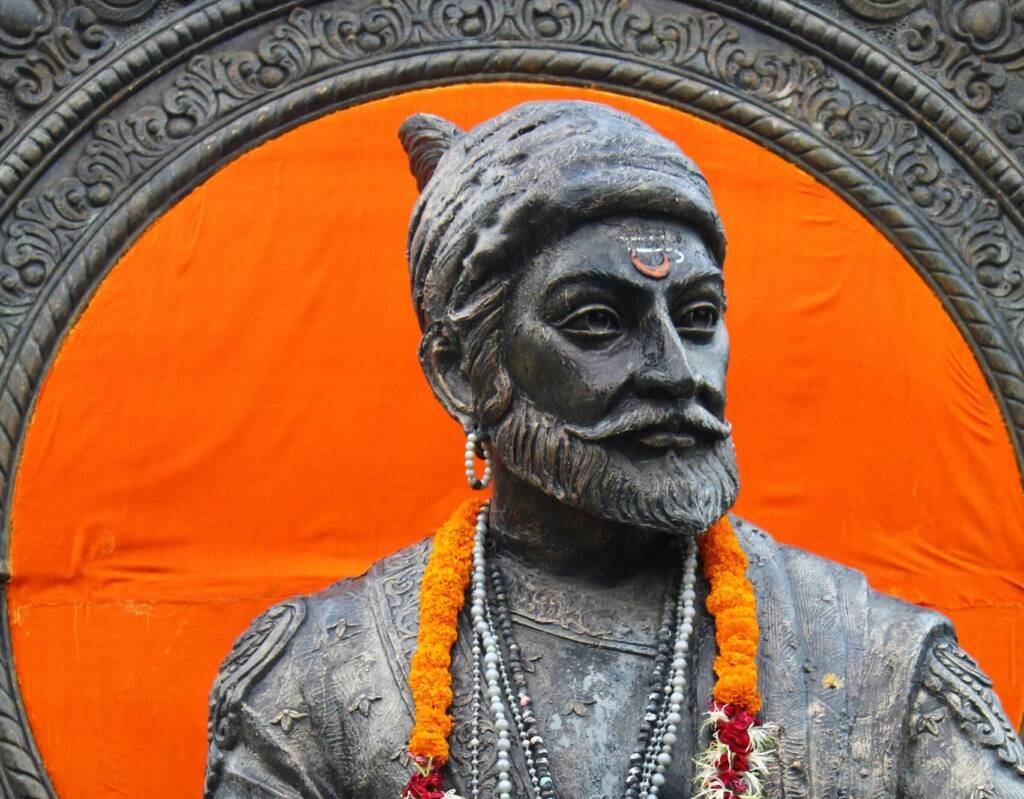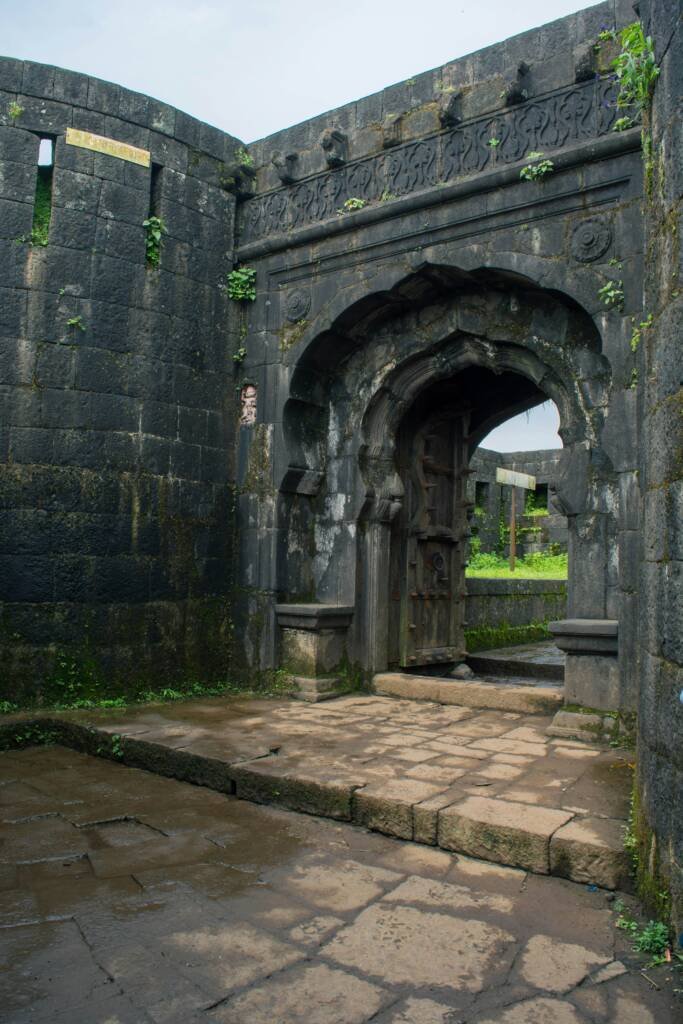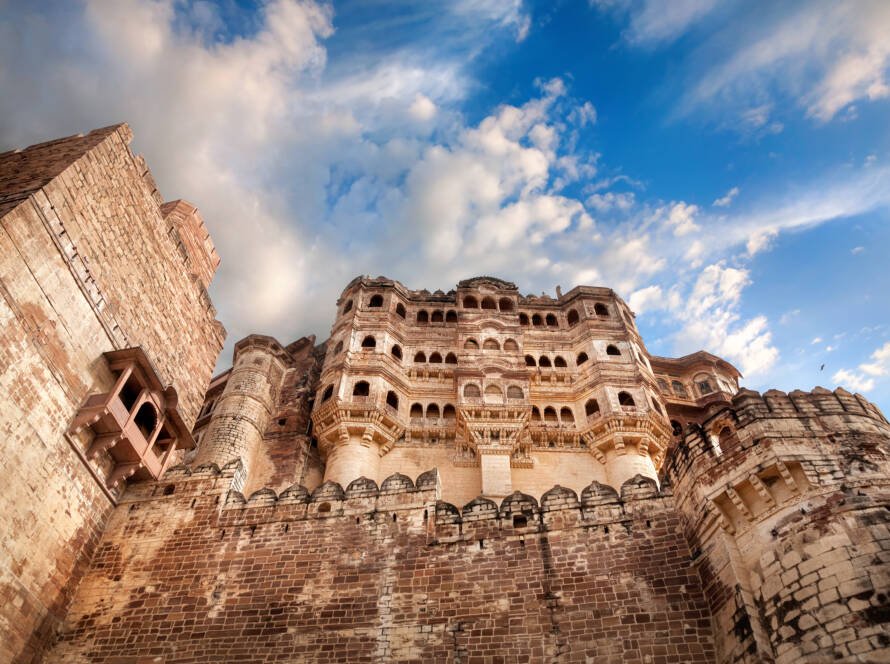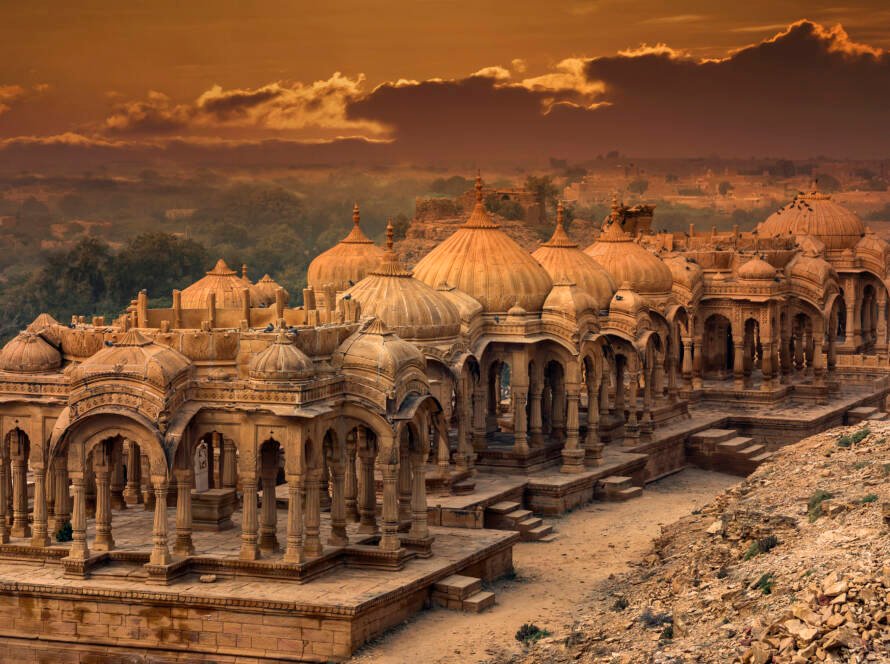The Wind That Carried a Warrior’s Whisper
In the Western Ghats of Maharashtra, the hills do not just rise—they rise with purpose. They cradle stories of resilience, echo with hooves galloping through forest trails, and still hold the scent of dry earth mingled with the pulse of revolution. Here, in these sacred heights, Chhatrapati Shivaji Maharaj sculpted a dream—not of conquest, but of Swarajya, of self-rule rooted in self-respect.
Shivaji’s forts were not built for vanity. They were the silent sentinels of a kingdom built from the soil, shaped by spirit, and defended by sheer ingenuity. To step inside one of these forts today is to feel a flicker of that original fire—the unshakable belief that the land is sacred, that freedom is worth fighting for, and that the clever mind can conquer the mightiest empire.
The Fort as Philosopher: Defense Beyond Walls
Shivaji did not simply construct forts; he conversed with the terrain. His genius lay not in overpowering the enemy head-on, but in outthinking them at every step. In a time when power was often flaunted through palatial cities, Shivaji chose the hills—rugged, remote, and unconquerable—as the seat of his resistance.
From Rajgad to Raigad, Pratapgad to Sinhagad, each fort was chosen and built not for grandeur, but for strategy. They were perched high like eagles’ nests, with narrow paths, secret escape routes, and water tanks carved into rock—allowing the Marathas to withstand sieges and melt into the landscape when needed.
Each fort had its own personality. Rajgad, the first capital, was vast and formidable—ideal for governance. Raigad, the crown jewel, was where Shivaji was coronated, surrounded by deep valleys and cliffs as if nature herself stood guard. Pratapgad was the site of the famous encounter with Afzal Khan, where the hill itself conspired in Shivaji’s clever ambush. These were not just military outposts—they were living manifestations of swarajya and shaurya.


Ganimi Kava: The Heartbeat of a Guerrilla King
Shivaji’s brilliance lay in embracing Ganimi Kava—the art of unconventional warfare. It was not just a tactic; it was a philosophy. He turned the very limitations of his force into their strength. Light, mobile, alert—the Maratha army knew the hills as intimately as a mother knows her child.
Night raids, ambushes, feints, and surprise attacks—these were Shivaji’s tools. While the mighty Mughal armies relied on sheer numbers and open battles, Shivaji relied on terrain, timing, and trust. His men were not just soldiers; they were farmers, blacksmiths, and villagers turned warriors—fighting for a king who ate from the same pot, slept under the same stars, and fought for their freedom.
This was not warfare born of aggression—it was born of survival, dignity, and a deep understanding of India’s geography and soul.
The Cultural Soul of the Strongholds
Inside those hard stone walls flowed a tender lifeblood of devotion and discipline. Temples, granaries, living quarters, and water reservoirs were not afterthoughts—they were essentials. Each fort was a microcosm of Maratha self-sufficiency and resilience.
Even in times of war, these spaces remained steeped in culture. Devotion to Bhavani Mata, Shivaji’s chosen deity, infused daily rituals. Festivals were celebrated quietly but with pride. The walls, though built for war, cradled life, song, and spirit.
Why These Forts Still Stand Tall in Our Hearts
In today’s fast-moving world, where strength is often measured by speed or spectacle, Shivaji’s forts remind us of another kind of power—the power of patience, of planning, of people united by purpose.
They inspire us to think deeply, to root leadership in empathy, and to view obstacles not as burdens, but as invitations to innovate. Shivaji’s military strategy was never just about battle—it was about balance. About honoring the land, empowering the people, and resisting domination with dignity.
As India continues to evolve, these forts remain—some in ruin, yet all still radiant with meaning. They are not relics; they are reflections of what we are capable of when guided by wisdom and will.
The Silent Flame in the Stones
As you stand atop Raigad and look out at the endless horizon, it’s hard not to feel Shivaji’s spirit stir in the breeze. The silence is not empty—it is full. Full of echoes, of hoofbeats, of whispered prayers before battle, of unshaken resolve.
The forts of Shivaji do not just belong to the past. They belong to every Indian who has ever fought for dignity, who has ever believed in their land, and who understands that courage is not loud—it is unyielding.
In every stone laid by Shivaji, there is a lesson. And in every lesson, a legacy.
For these forts were not just built to protect a king—they were built to preserve a vision. A vision that still lives, breathes, and guides.



